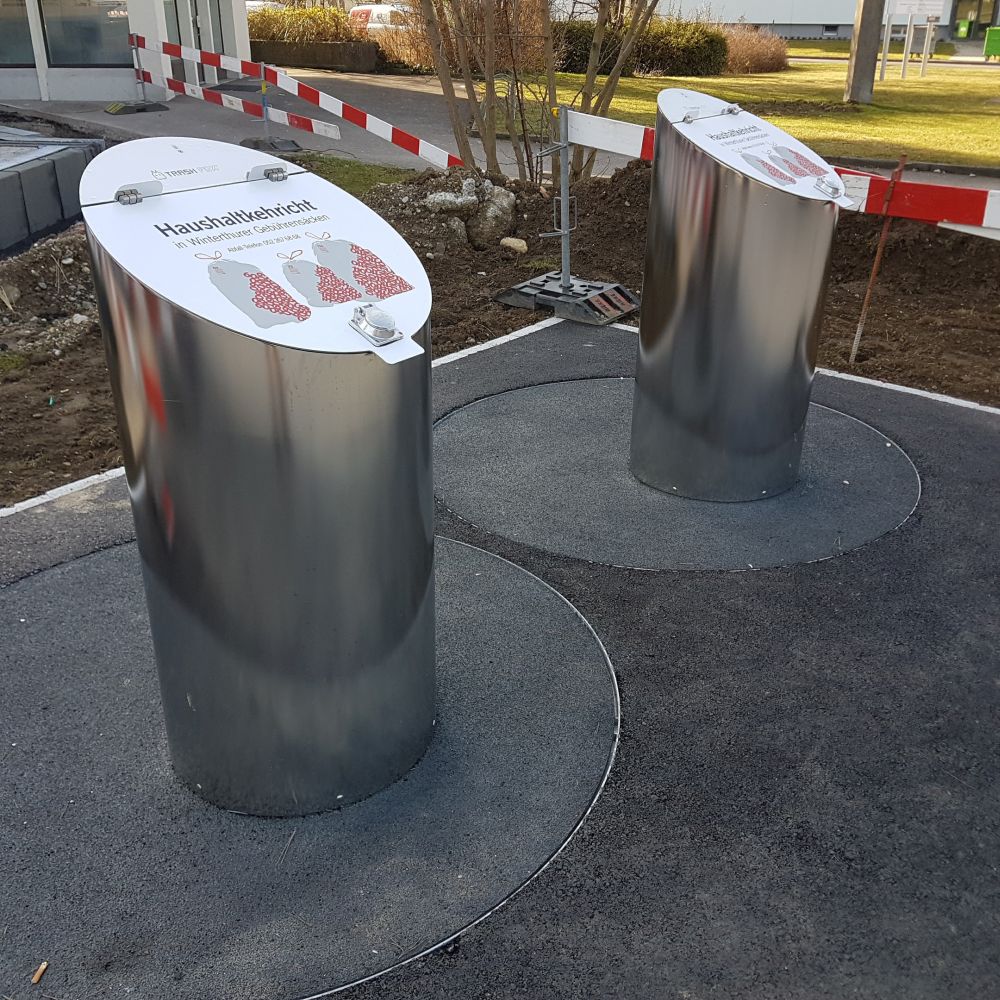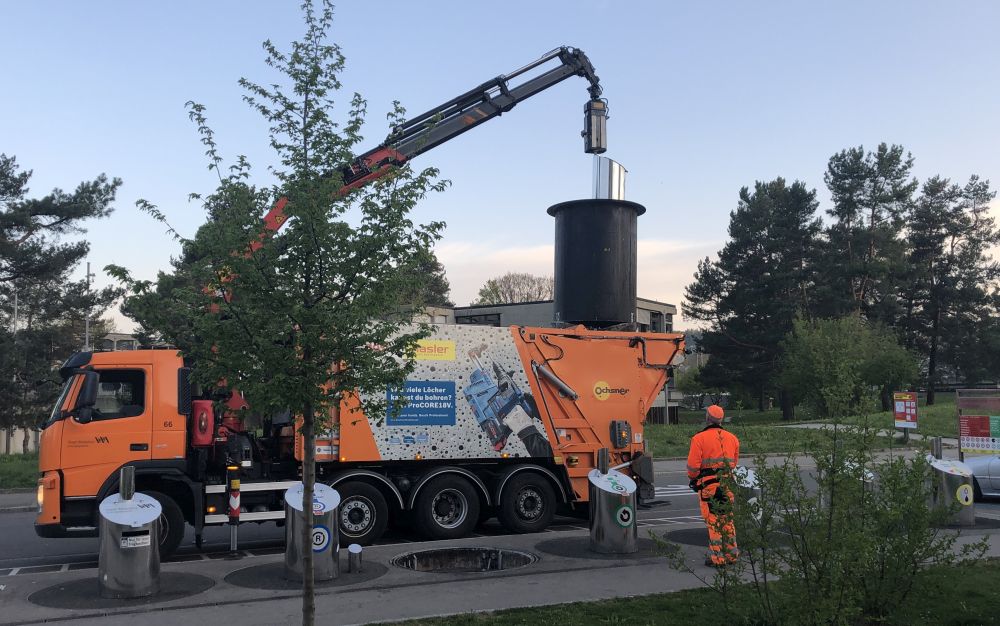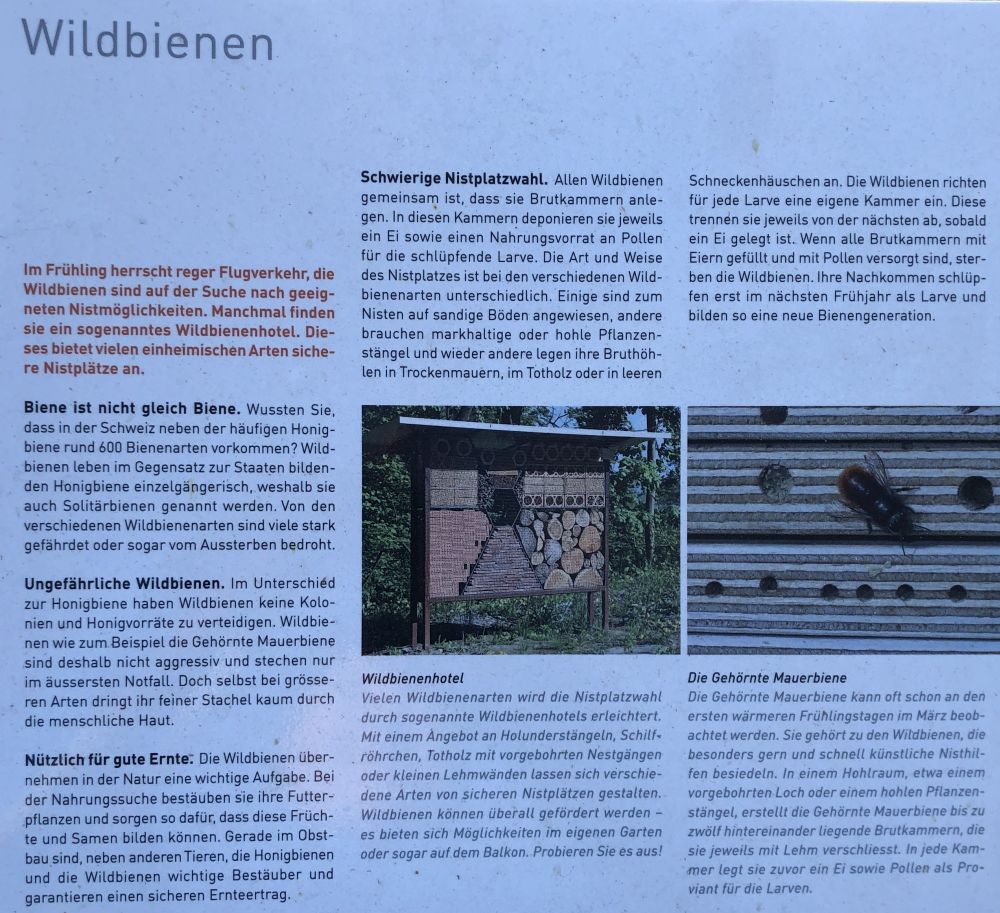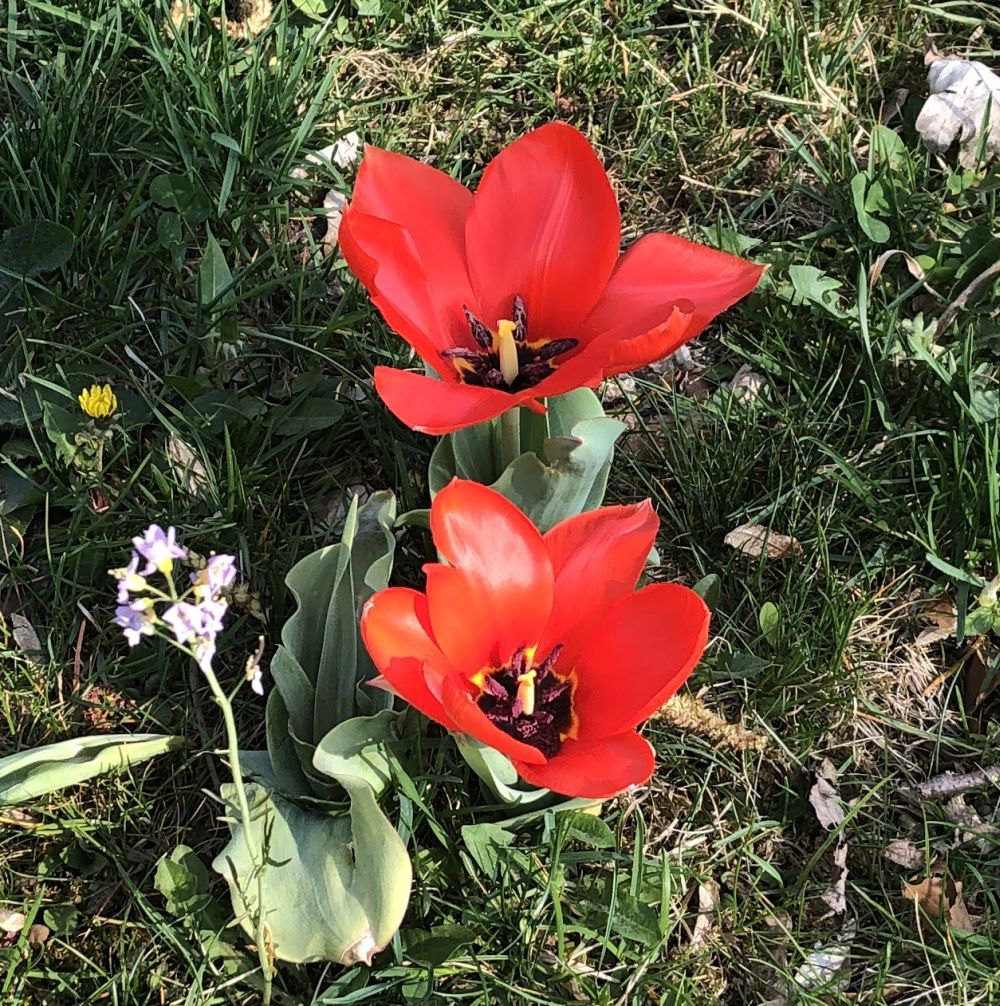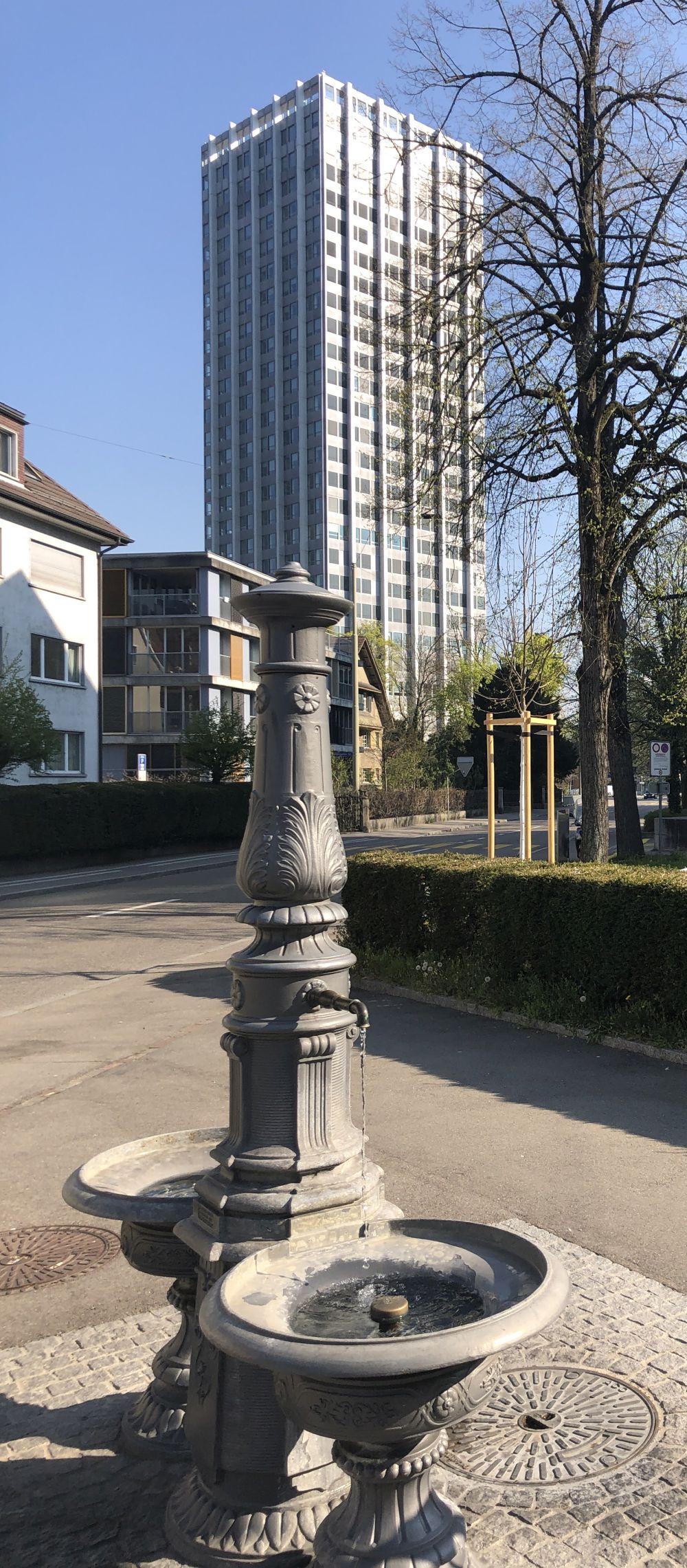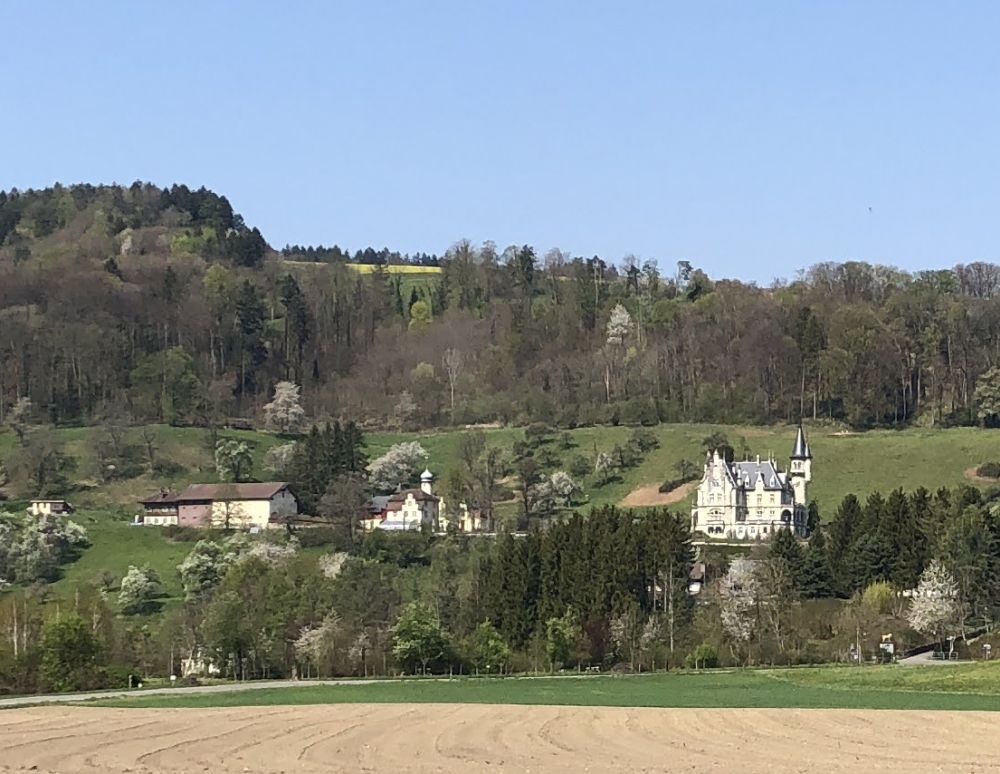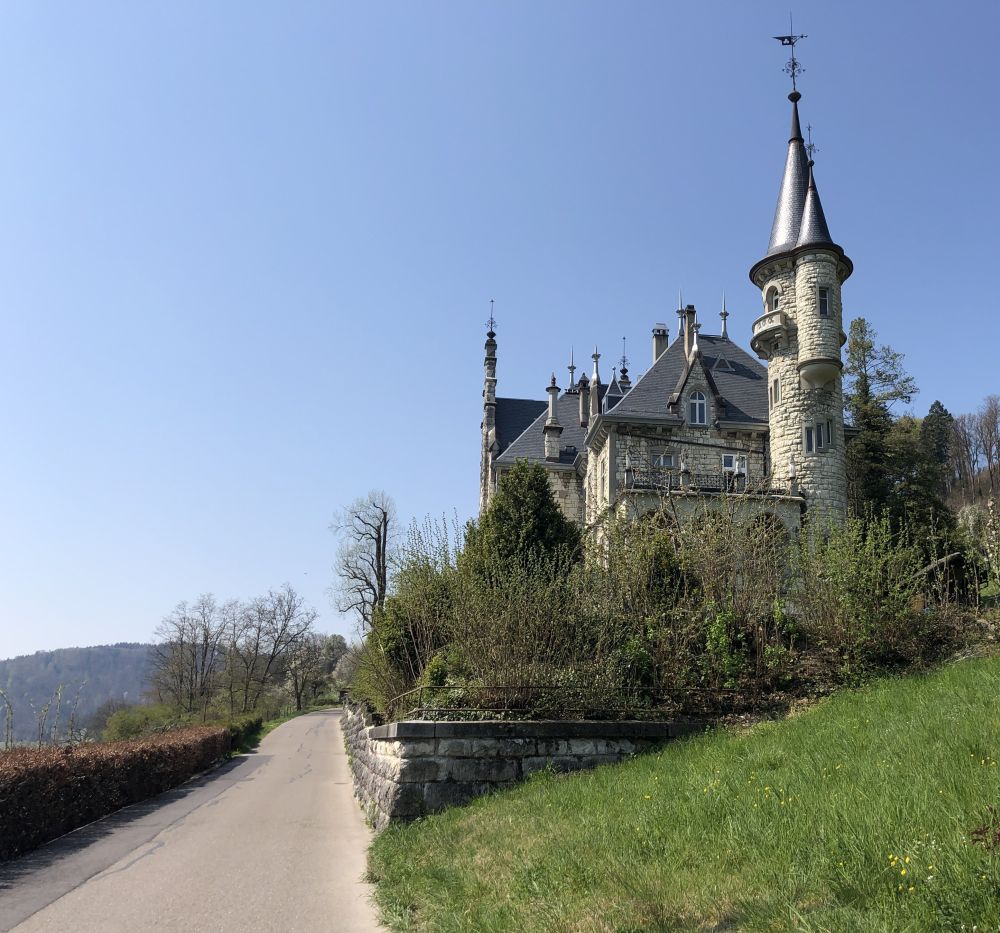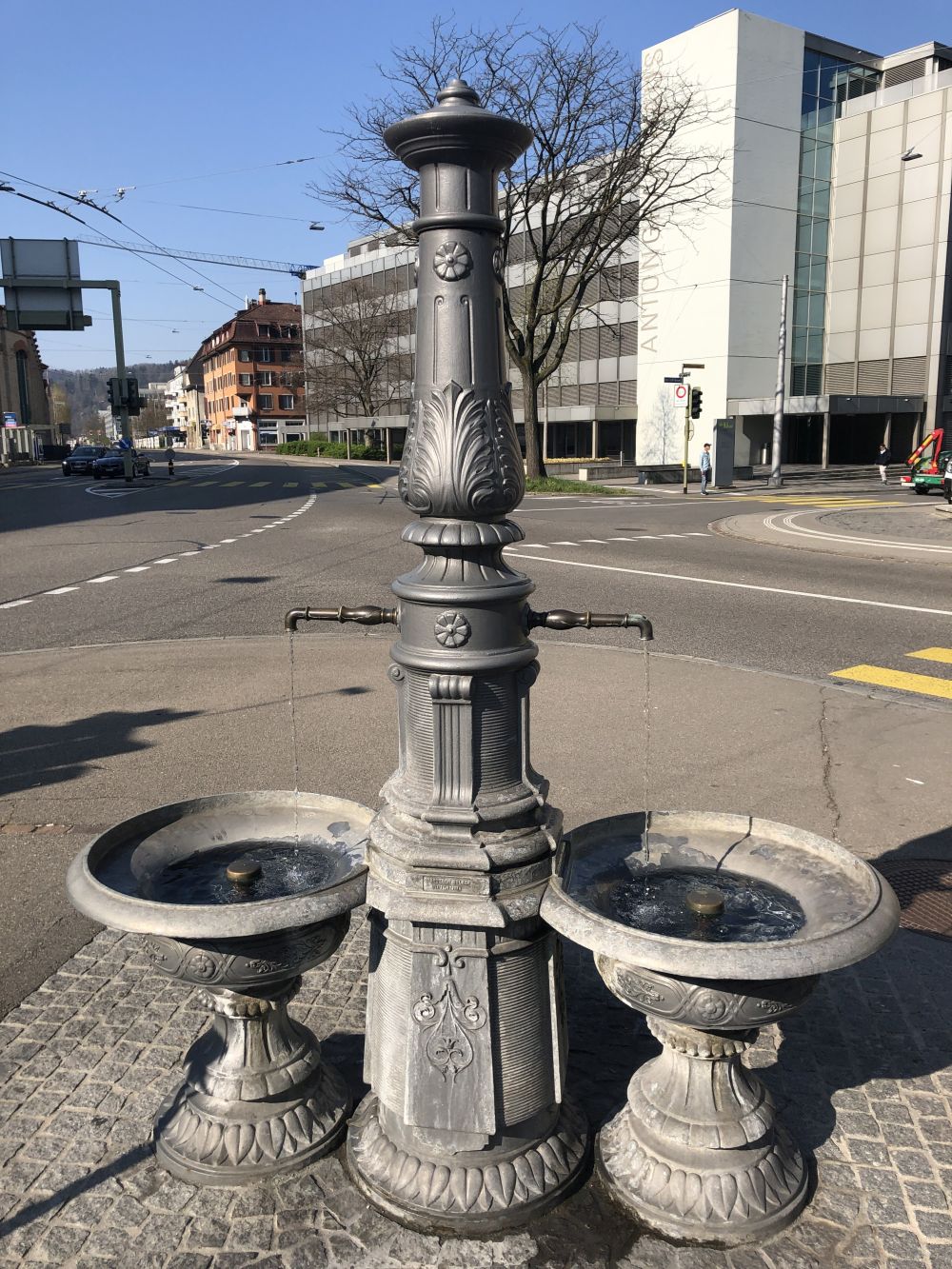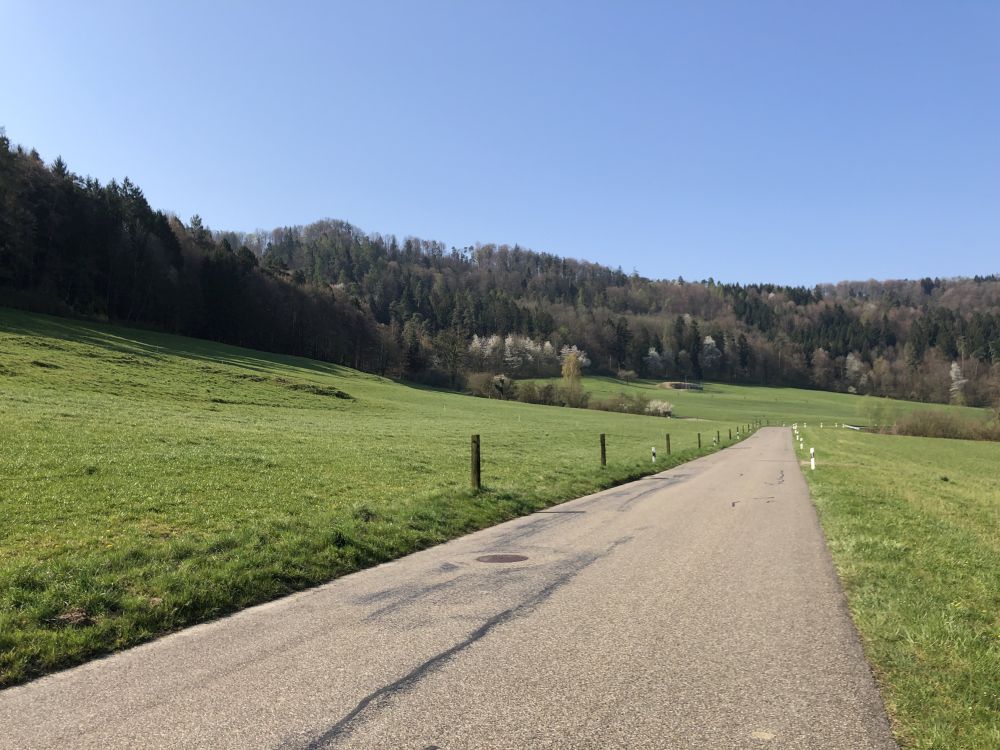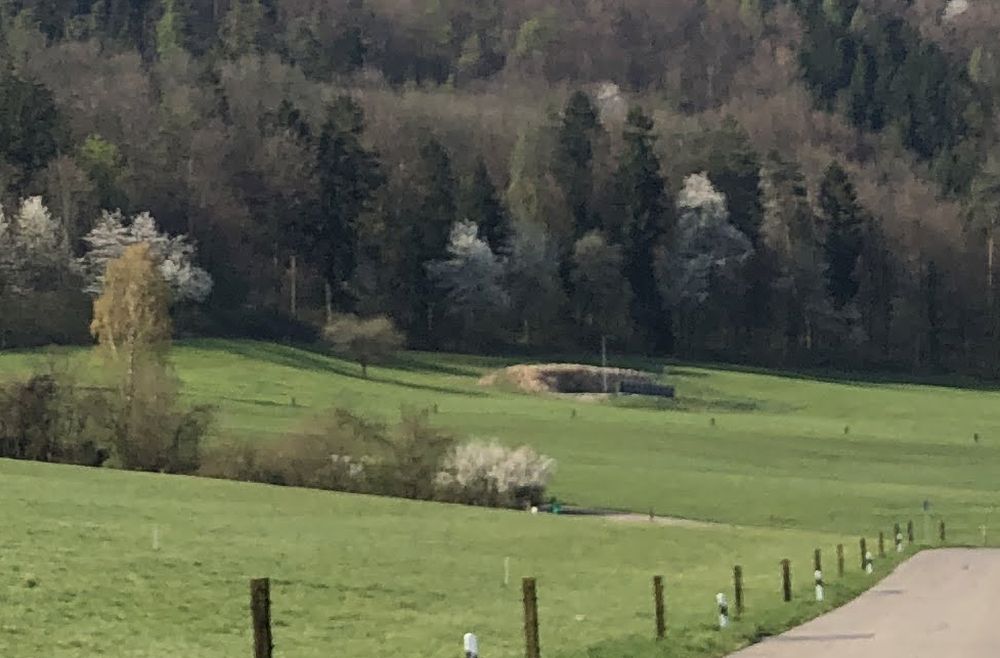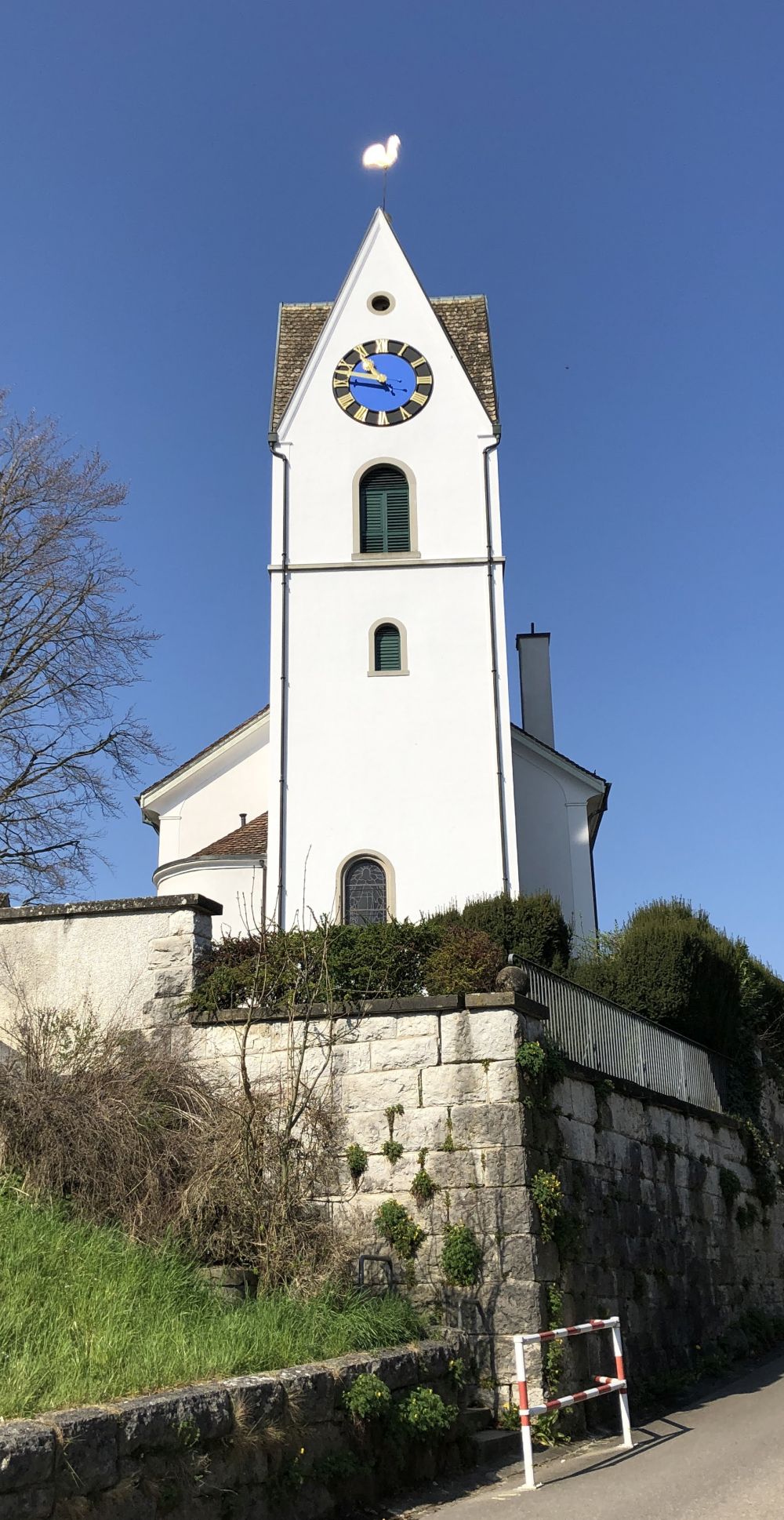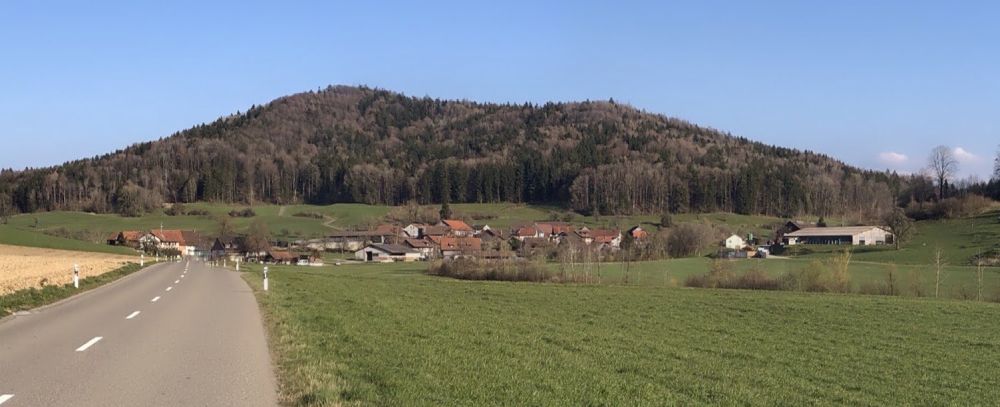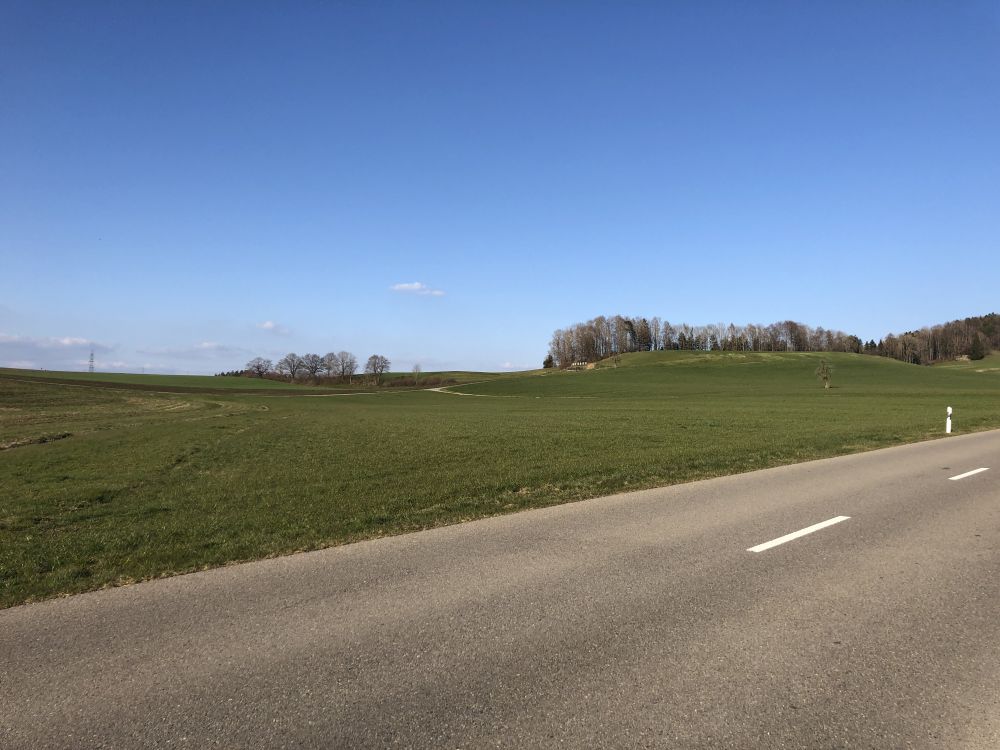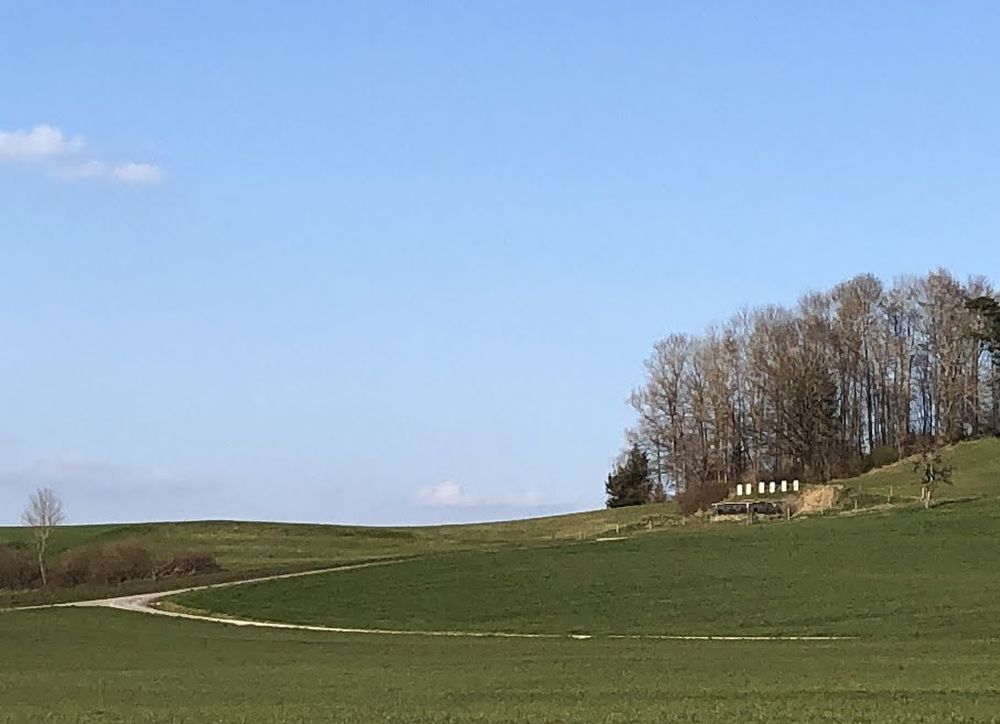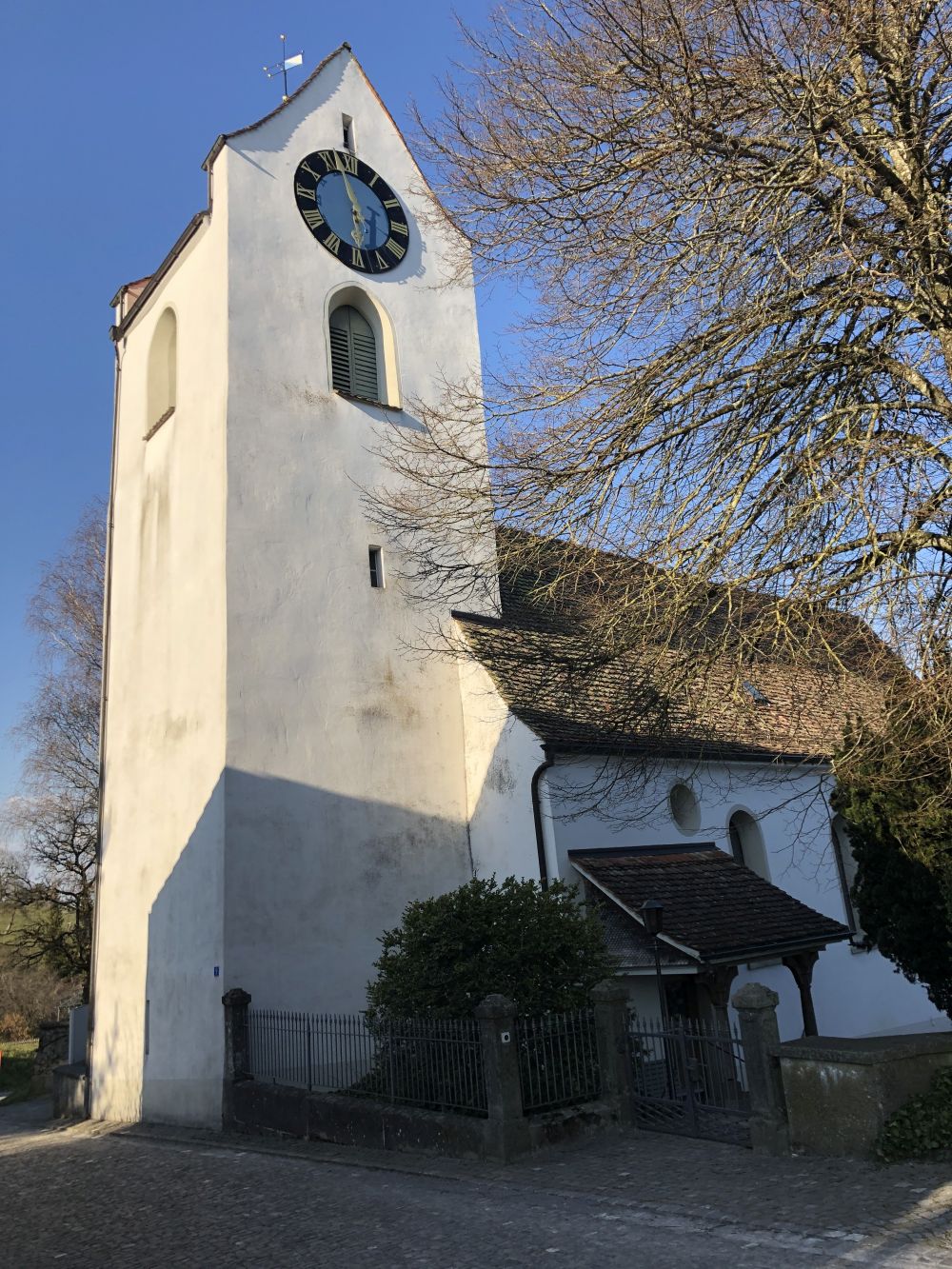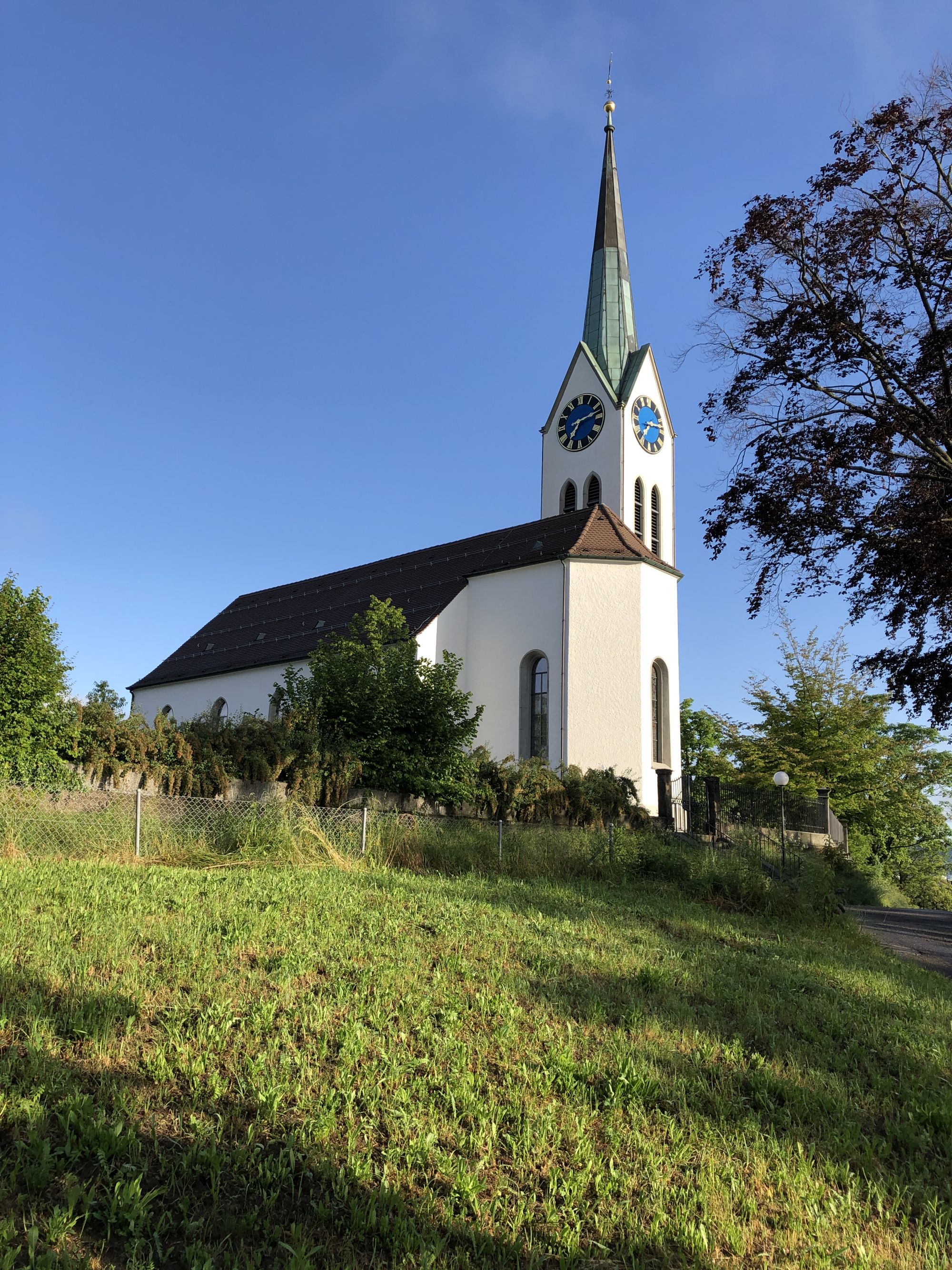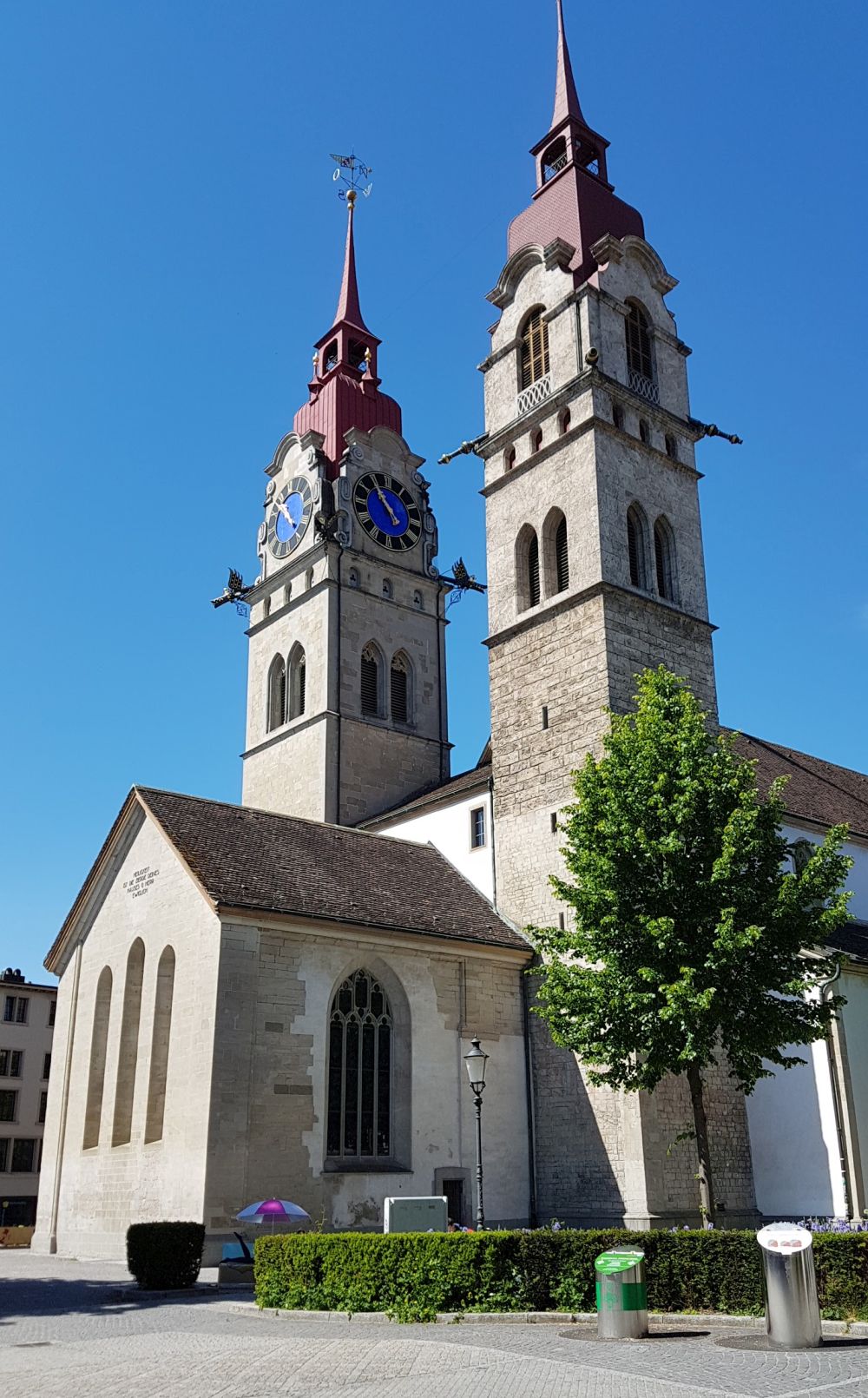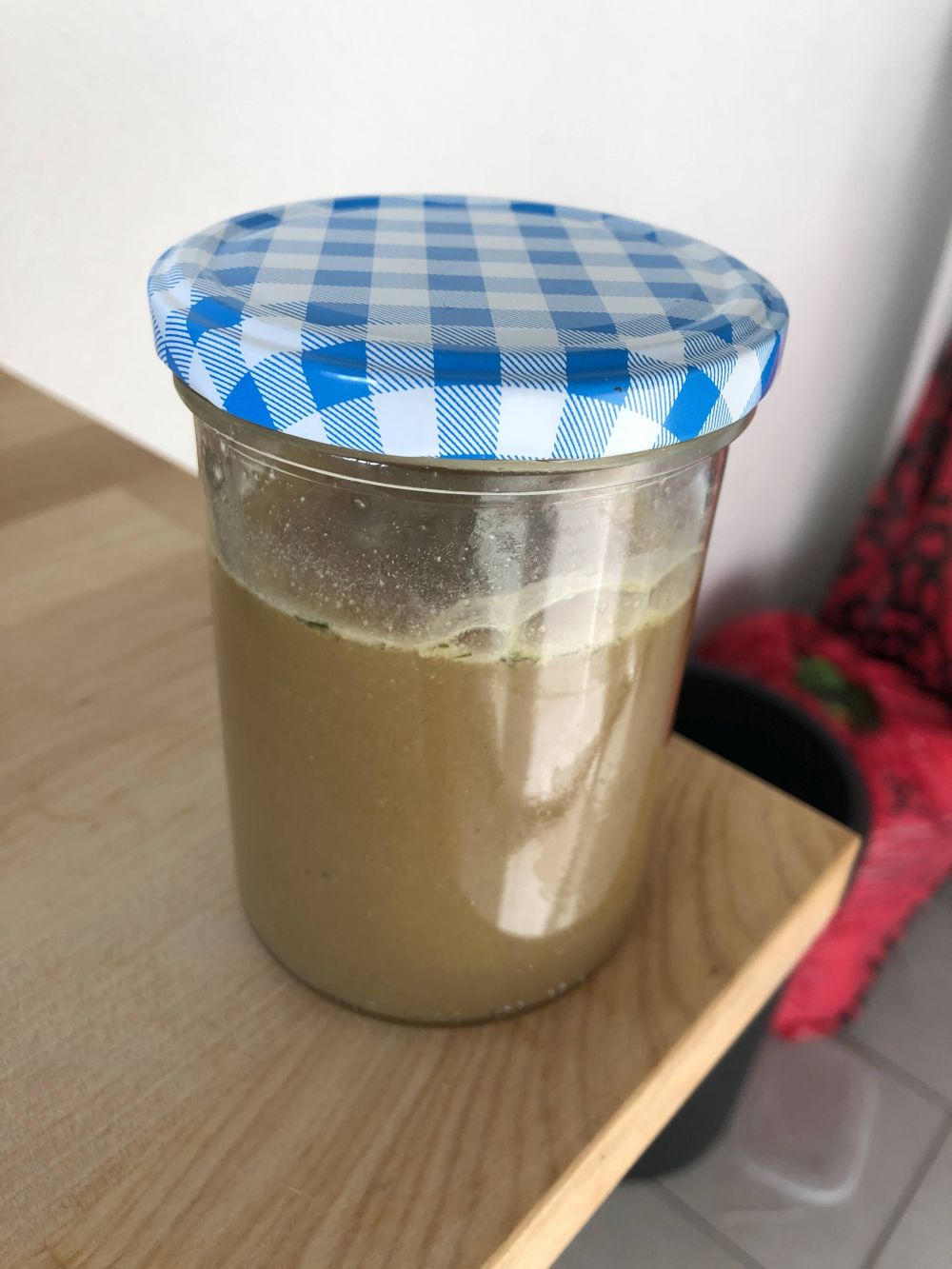I took this snap looking up a rather steep hill in Wülflingen area of Winterthur – but the way it turned out, it looks rather horizontal:
Month: April 2020
Country house
Emptying Garbage in Winterthur
Continuing the series, a while ago I showed this snap of the famous Underground Recycling Cisterns of Winterthur:
Well, today I caught an operator hard at work, emptying one of the cannisters:
Wild Bees
You learn something new everyday – or at least, I do. Today I learned that there are wild bees that actually do not make any honey.
Winterthur operates a series of hives all over the outskirts of the city, to help provide a home for these wild bees.
Here is what the hive looks like – covered in plastic, so that the public can see the bees:
And here’s a description on a plaque next to the bee stand:
And here’s a closeup
According to what I read above, the tubes that are covered over must contain a bee egg or larva.
Winterthur Flower
I guess this snapshot doesn’t really do it justice – for some reason a big red flower has chosen to grow in an otherwise completely grassy area in Winterthur.
What kind of a flower is it?
Why did it chose to grow there?
Was it an accident or did someone plant it?
I’ll have to go back to the field where I took the snap, and take a snap of the bigger field.
Gebrüder Sulzer Brunnen – 2 of 2
Continuing the series, here is another snap of a public drinking fountain located in Winterthur:
Interestingly, the skyscraper in the background – for a long time Switzerland’s tallest – may be the current headquarters of the Sulzer Ltd. company – but it ain’t got nothing on the old classic Sulzer buildings, of which hundreds of them (literally hundreds) are scattered around Winterthur.
Schloss Wart in Neftenbach
A castle is not a castle is not a castle – in the German language there are many different types, such as a Schloss or a Burg.
This one is well and truly a Schloss:
Getting up close and personal, here it was it looks like from one side:
And here is what it looks like from the other side:
With the current Corona restrictions in place I’ve had plenty of time to explore the (mostly empty) Swiss countryside on my motorcycle, being able to find and enjoy tranquil spots like this one.
Gebrüder Sulzer Brunnen – 1 of 2
Here they are, the Sulzer brothers (in German, Gebrüder Sulzer):
That’s Johann Jakob on the left, and his brother Solomon on the right. Interestingly, they weren’t the founders of the Gebrüder Sulzer company, which is today Sulzer Ltd., but rather their father, also named Johann Jakob. Founded in 1834, it’s Switzerland’s oldest company still in existance – and I had the great privilege and pleasure of working there.
Anyway, back in the day it was a heavy manufacturing company with forges and presses and steel working capabilities, and today the face of the Swiss city of Winterthur is still adorned by hundreds of Sulzer buildings and artefacts – literally hundreds – including this antique fountain (Brunnen, in German), where I stopped on my motorcycle to have a quick drink of water.
Yet another Swiss shooting range
Another frightening, horrible BLUE CLOCKFACE
Warning – once you see this, you cannot unsee it!
It seems blue clockfaces on Swiss churches are something of a pandemic – and just about every village in Switzerland has been infected!
I took this snap in outside of the tiny village of Lupfig in an even tinier, almost microscopic village who’s name I can’t remember.
Tiny Swiss village
For reasons I don’t fully understand, Swiss villages tend to be a bit more spread out than their German counterparts. But be that as it may, here is an artistic a snap as I thought I could get of a tiny village nestled so deep within the north-central Swiss countryside that tourists have been been here, no likely will ever be:
Swiss shooting range
Switzerland: No country has more guns and people that shoot them except the United States. I am not entirely sure why, but I have always suspected that guns and shooting enjoys a very long and very deep historical impact on culture: the US was forged by cowboys, and cowboys need to shoot; and Switzerland was forged by William Tell and the world’s most trained and lethal mercenaries, and both William Tell and mercenaries need to shoot.
Anyway, this is a common site that you can’t help but trip over if you travel more than 5 or 6 kilometers in any direction in Switzerland:
I’ve blown up the target area to show you this is really used for shooting:
The unbelievable and terrifying agricultural contains of the Swiss countryside
Be careful before you look further – be very careful indeed – because once you look at the following snap, you will never be able to un-see what you have just seen.
Here goes:
I have no idea what these containers are or what purpose they serve. Clearly, they are at the end of a corn field – and farmers do need containers to store their harvest of corn. Normally these corn-storing-containers are known (at least in the United States) as grain elevators – but in the US they are many, many times larger than these. Is the a Swiss equivalent, scaled down because Swiss farms are somewhat smaller?
I shall return one day and find out!
The unbelievable Swiss blue clock mystery continues
Continuing the series, just a few days ago I saw something.
This something was so incredible, so awful, so mind-boggingly complex that it very nearly made my brain explode!
Indeed, after seeing what I saw – and not being able to un-see it – I was forced to dismount my motorcycle and spend several long minutes in a hyper-catatonic state, until my brainwaves recovered.
And what did I see, you may ask?
Out in the middle of the Swiss countryside – so deep and far away from civilization that tourists would not even think of coming here (and indeed, most likely none of them would survive long, especially if they encountered any of the tough, unforgiving Swiss locals) – I saw a tiny village, almost microscopic in size, and in the middle of the village a tiny church.
But that is not what made my brain explore.
What made my brain explode was this: a big blue clock!
Now, gentle reader, most likely you are scratching your head and wondering why my brain exploded when, in all probability, yours did not.
I will tell you.
This is not the first example of a big blue clock in Switzerland. This is not the second example of a big blue clock in Switzerland. This is an example of many, many, many big blue clocks that adorn Swiss churches! Here is an example from a few kilometers from where I live:
And here is an example from the “old town” part of the city of Winterthur:
This is not happenstance. This is not a coincidence. This is not luck – or chance – or a following moon. There must be a reason that so many Swiss churches are adorned with exactly the same blue clock face . . . and one day, I will find out!
Egypt in Dubai
There are a few very interesting shopping malls in Dubai with Middle Eastern themes. Makes sense, Dubai itself is in the Middle East.
Here are some Egyptian statues outside one such mall, Wafi, in Dubai:
Thermonuclear chicken broth
Just like a thermonuclear weapon concentrates a lot of power in a small package – so does this little bottle of what I call thermonuclear chicken broth:
I had occasion to create this several months ago, having much earlier watched a YouTube video about 18th century cooking, in which cooks would often reduce soups until they were near solids, in order to allow them to be more easily stored and transported.
I was confronted with the situation that I had around 6 liters of chicken broth, plenty of near obsolete onions, garlic, and ginger – so I created a delicious chicken stock, then reduced it at very low heat over a six hour period, finally obtaining two jars of this – I call it my thermonuclear chicken soup.
It’s easy to use. This little jar, when thawed, is easily enough for 6-8 bowls of chicken soup. Just add any frozen vegetables I have at hand. No reason to add chicken – if I had chicken, I’d made fresh chicken soup!


